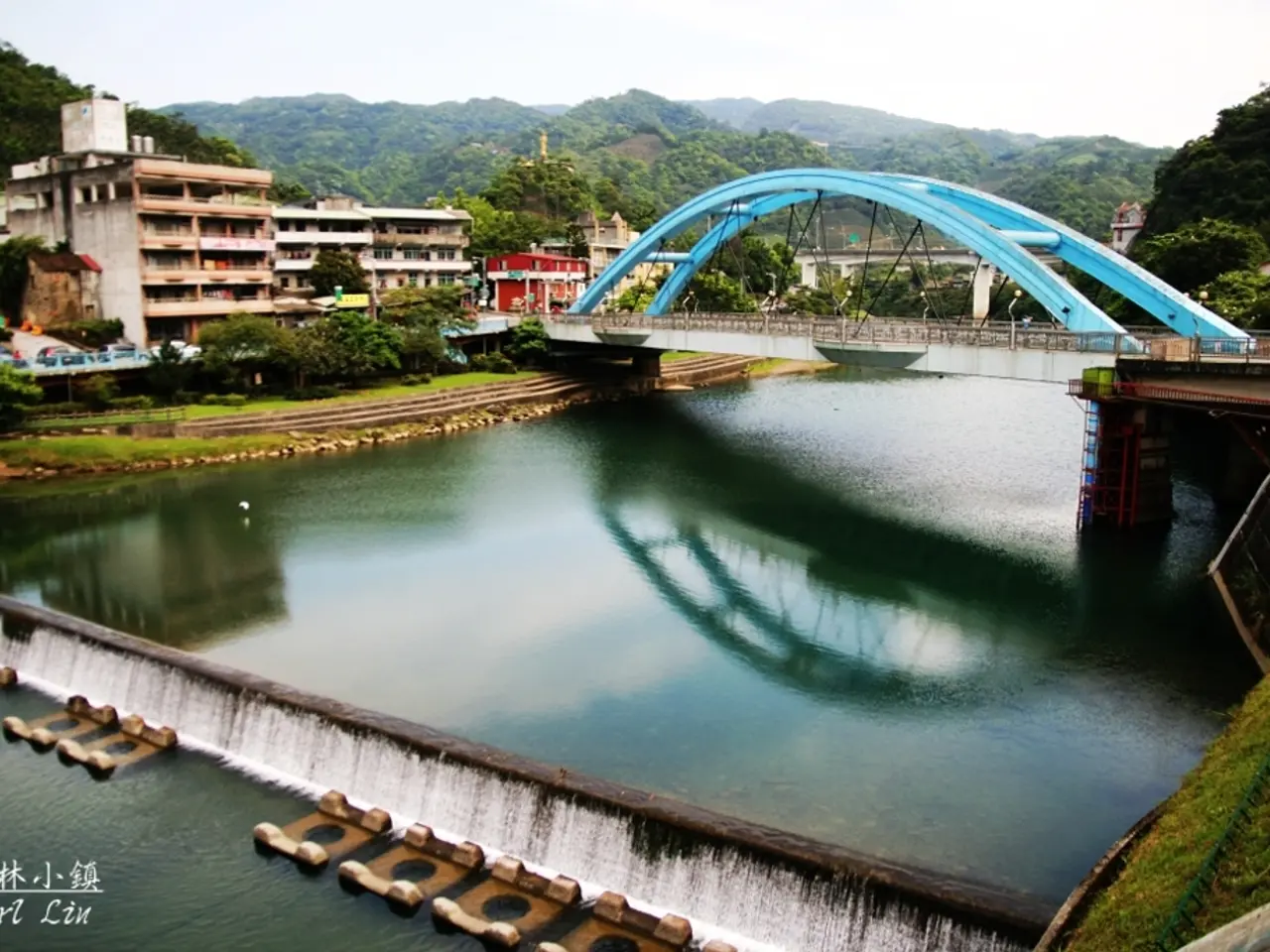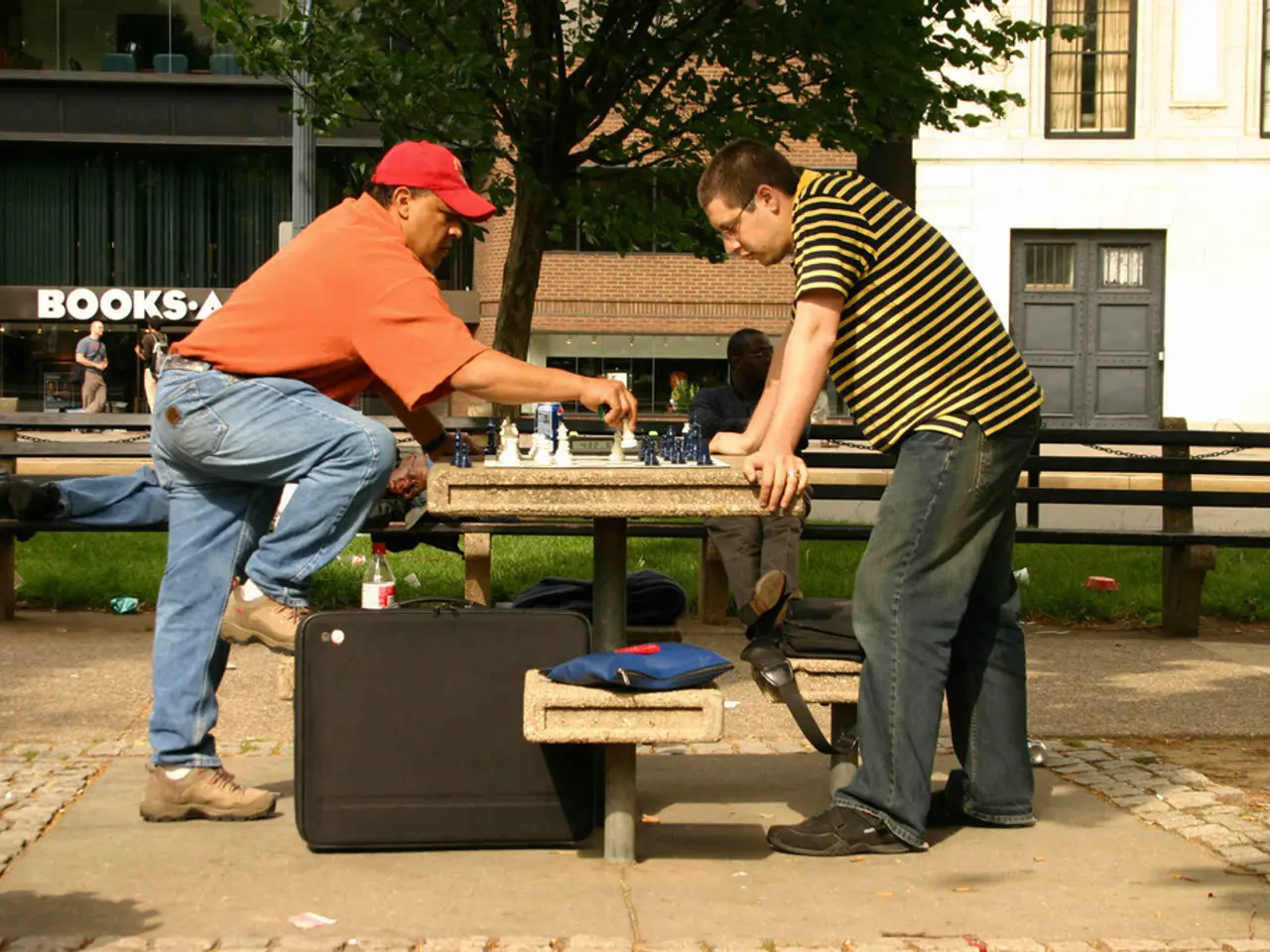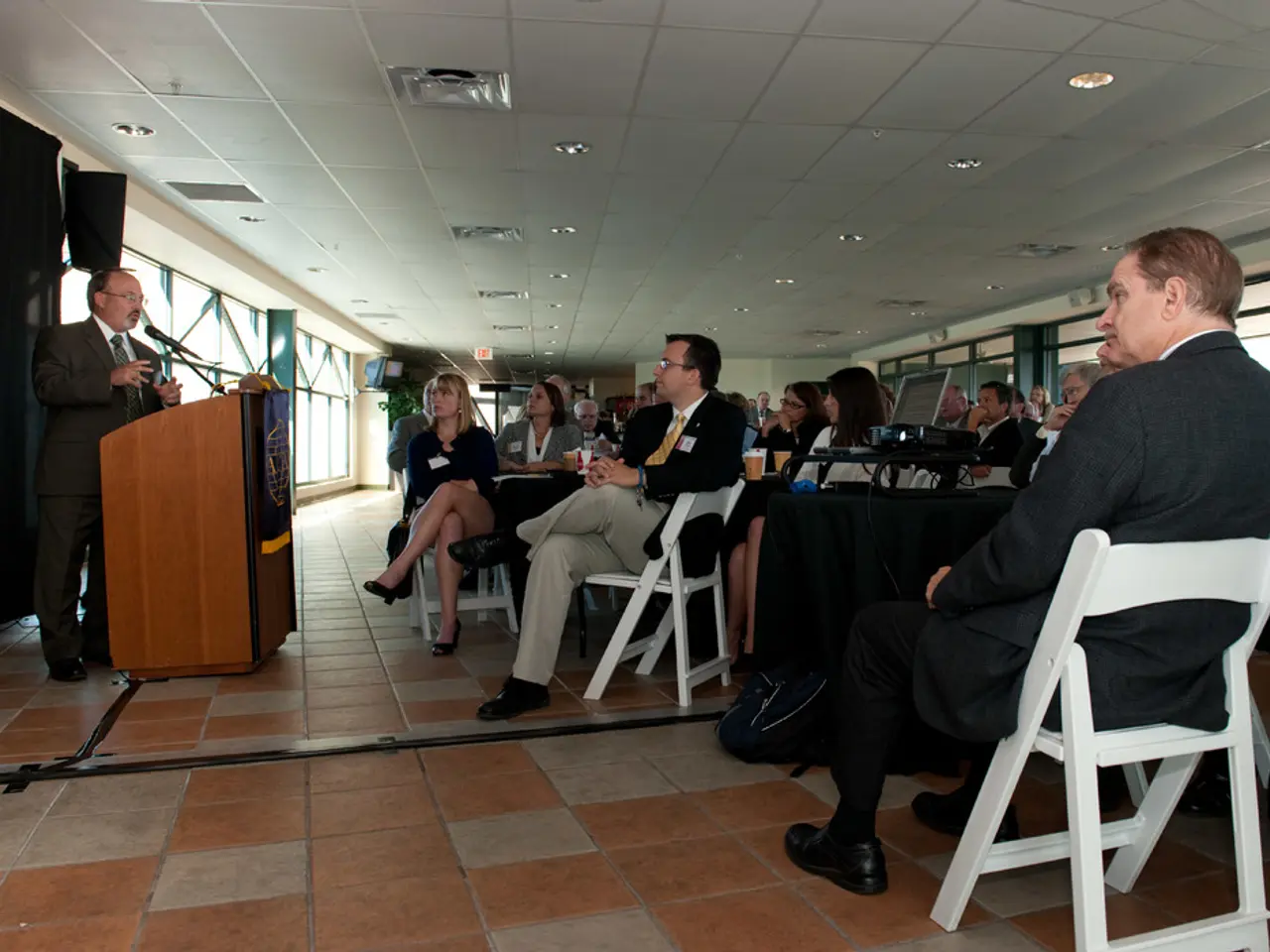Disaster's Lasting Impact: Ahr Valley - Four Years Post the Flood - Perpetually Damaged: A Permanent Misfortune
Four years have passed since the catastrophic flood disaster that struck the Ahr Valley on July 14 and 15, 2021, leaving 134 lives lost in the region and extensive damage to infrastructure and buildings[1][4]. The area is currently engaged in a comprehensive process of rebuilding, remembrance, and resilience.
### Rebuilding and Risk Reduction
Rebuilding efforts have focused on critical and sensitive infrastructures. New methodologies have been developed to assess risks to such infrastructures, aiming to accelerate and optimize future reconstruction efforts, particularly to mitigate the effects of riverine and pluvial flooding[1].
In Bad Neuenahr, reconstruction encompasses rebuilding essential community structures, such as the elementary school severely damaged in the flood. New educational facilities are being constructed with resilience in mind, reflecting a move towards sustainable rebuilding[4]. The approach towards reconstruction also includes redesigning public spaces and sports facilities, with projects like the Am Aschberg Neighborhood Sports Center in nearby areas, signifying a commitment to revitalizing community amenities damaged by the flood[4].
### Remembrance and Memorial Projects
While specific memorial projects for the Ahr Valley flood victims are not detailed in the latest sources, the region's focus on remembrance is intertwined with ongoing reconstruction and community resilience efforts. Public memory is preserved through local commemoration events and the integration of memorial spaces within rebuilt infrastructure as part of a broader recovery process.
Several memorial sites have been created or are in planning, including the "MemoriAHR" project, which will transform information boards along the Ahr into a "Path of Remembrance". Another memorial site called "DenkAHR" is currently in progress[2].
### Broader Societal and Psychological Recovery
Beyond physical reconstruction, there is an increasing recognition of the psychological impacts of such disasters. Although more research is needed specific to the Ahr Valley, studies in similar disaster-affected rural areas emphasise the importance of sustained mental health support and community cohesion to aid long-term recovery[3].
### The Current State
The Ahr Valley region is navigating a complex process of rebuilding damaged infrastructure, strengthening flood risk assessment, and fostering community resilience. Memorialization is part of this recovery, embedded in local remembrance activities and the reconstruction of community landmarks. Reconstruction projects are ongoing, focusing on critical infrastructure and public spaces to improve safety and quality of life, ensuring the region emerges with enhanced preparedness for future events[1][4].
No detailed information on dedicated large-scale memorial construction was found in the most recent materials, but the integration of memory and reconstruction remains a key theme in the region’s recovery trajectory.
### Future Plans and Ongoing Efforts
Minister-President Malu Dreyer (SPD) will be present at an ecumenical service on Monday evening for those who can attend, marking a significant commemoration event[5]. The memorial projects are ongoing, as previously mentioned, with various memorial projects related to the flood disaster ongoing in the region[6].
Some residents want to forget, while others warn and see consequences[7]. Despite the passage of time, remembrance remains a struggle in the Ahr Valley. By mid-May 2022, the state had approved around 770 million euros in applications for private rebuilding[8].
Despite the challenges, the Ahr Valley continues to rebuild and remember, moving towards a future with resilience and preparedness.
[1] https://www.bundesregierung.de/breg-de/aktuell/aktuelles/2023/07/13/deutschland-stark-zusammen-fuer-den-ahr-tal-bewohnern-1092216
[2] https://www.wdr.de/nachrichten/nrw/ahr-tal-memoriahr-projekt-denkahr-100.html
[3] https://www.ncbi.nlm.nih.gov/pmc/articles/PMC8204211/
[4] https://www.wdr.de/nachrichten/nrw/ahr-tal-rekonstruktion-schule-100.html
[5] https://www.wdr.de/nachrichten/nrw/ahr-tal-ekumenische-andacht-100.html
[6] https://www.wdr.de/nachrichten/nrw/ahr-tal-memoriahr-projekt-denkahr-100.html
[7] https://www.wdr.de/nachrichten/nrw/ahr-tal-memoriahr-projekt-denkahr-100.html
[8] https://www.bundesregierung.de/breg-de/aktuell/aktuelles/2022/05/12/bundesregierung-und-lande-beschliessen-gegenuber-ahr-tal-bewohnern-eines-besonderen-auftrags-1090082
- The rebuilding process in the Ahr Valley encompasses not only physical infrastructure, but also environmental protection measures to mitigate the effects of future flood disasters, incorporating elements of environmental science.
- The body of science dedicated to understanding and addressing climate-change plays a crucial role in informing the decision-making process during reconstruction, ensuring that the Ahr Valley is better equipped to handle the environmental challenges associated with climate-change.
- Amidst the political discussions and general-news coverage of the Ahr Valley's recovery, the importance of community cohesion and mental health support for the affected residents should also be prioritized, as demonstrated by studies in similar disaster-affected rural areas.








